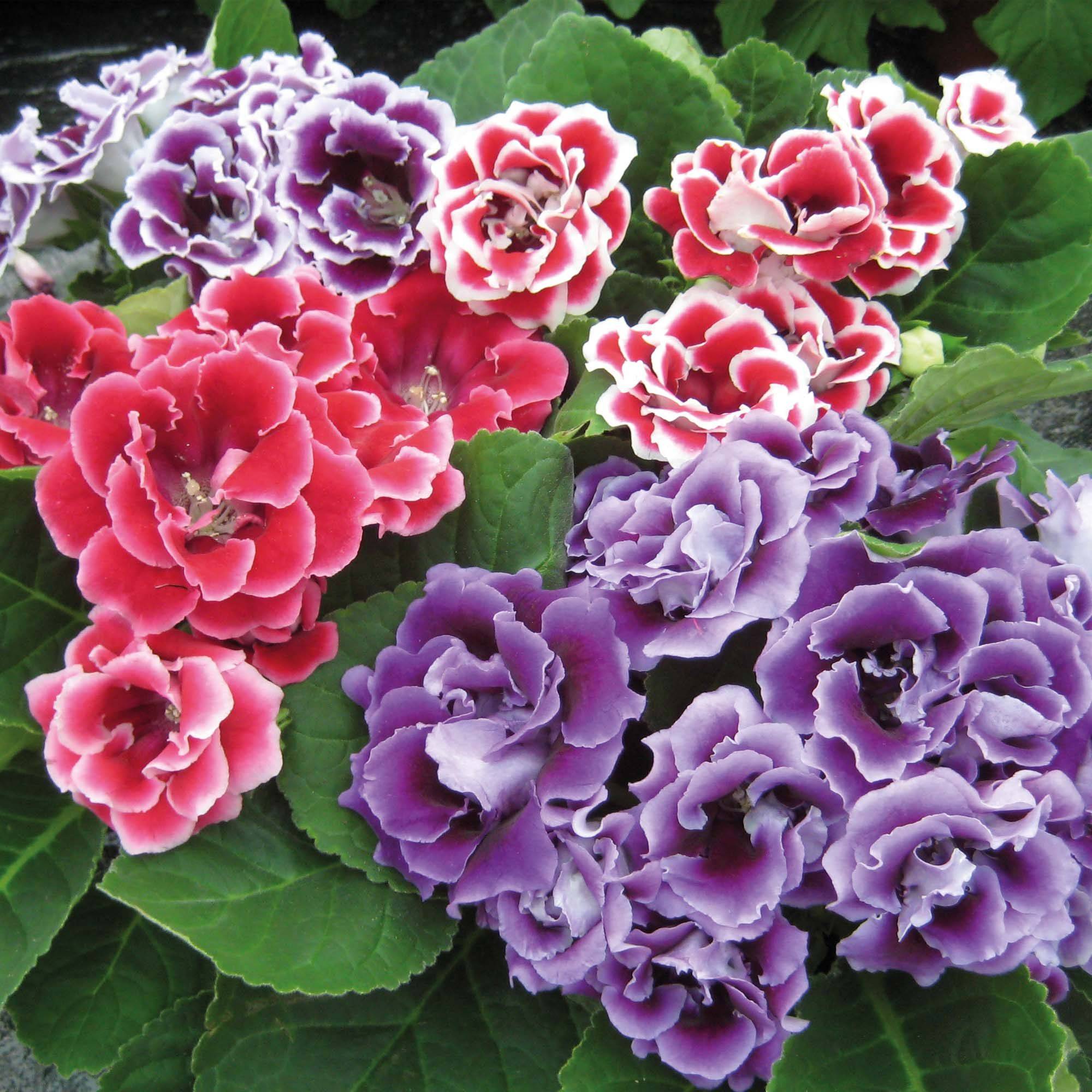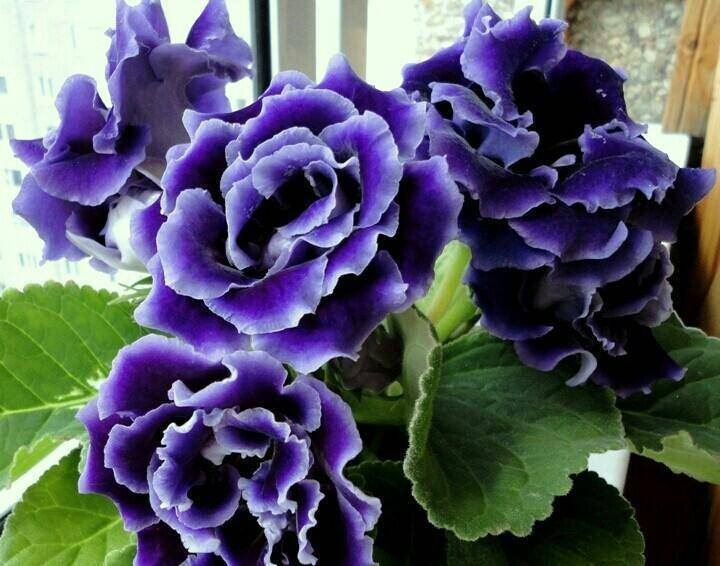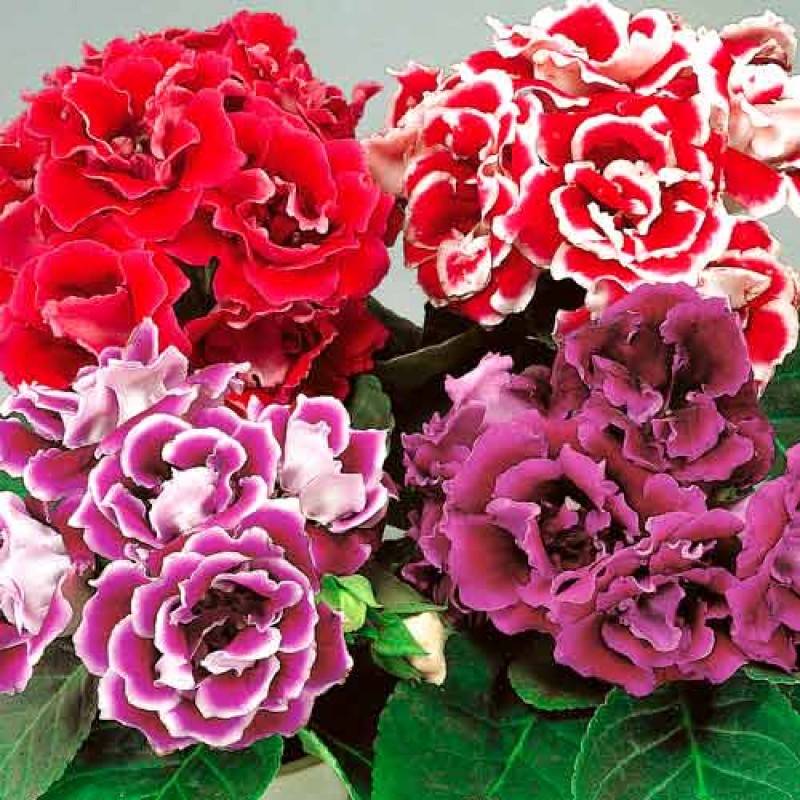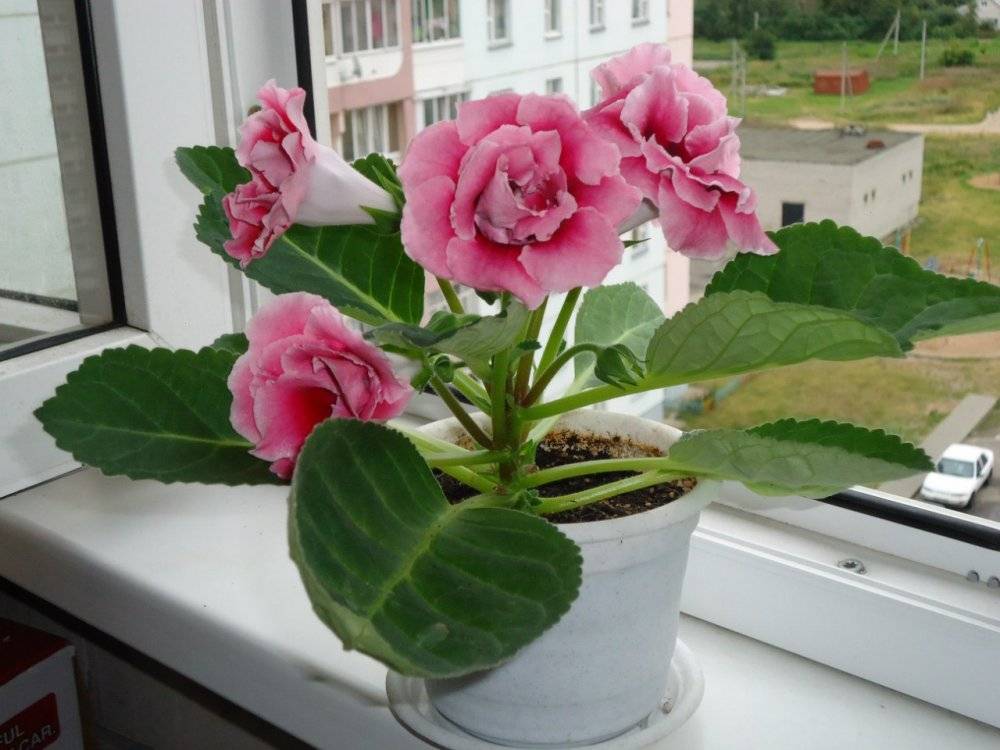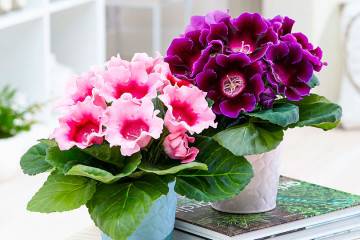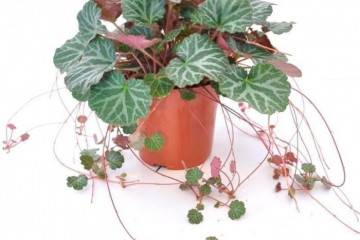Gloxinia Brocada - description of the red and blue varieties of the flower
Content:
Each grower prefers ornamental plants with lush flowering and unpretentious care. Gloxinia meets these requirements. Thanks to a rich and pleasant aroma, an amazing combination of shades, it can be a decoration of any room or area.
What does a terry Brocada look like?
In comparison with other ornamental crops, gloxinia has a variety of leaf blade shapes. As a rule, their size is large, they have a dark green or deep green color.
Gloxinia Brocada belongs to terry varieties. They are divided into several groups, their differences lie in the color of the petals:
- plain;
- chintz;
- tiger.
Brocada is a monochromatic species characterized by a bright color of the buds. The petals form a spherical flower. In some cases, the petals have a white border.
Varieties
There are two types of Brocade's gloxinia. Each has its own individual characteristics.
Blue
A characteristic feature of this species is the presence of double buds, the diameter of which can reach 8 cm. The color of the petals is purple or blue, the edge is neat white. The height of the bush can reach 20 cm.
Red or red and white
Gloxinia Brocada red or pink under favorable growing conditions blooms profusely with miniature buds. The color of the petals can be deep red or pink, with or without a border. The height also does not exceed 20 cm.
Brocada F1
The culture is grown in a previously prepared soil mixture. It consists of humus, sand and leafy earth. The right time is March.
Sequencing:
- Seeds are planted in a container at intervals of 3-4 cm from each other. To create a greenhouse effect, cover with foil.
- The container is transferred to a warm and dry place, the soil is regularly moistened and ventilated.
- With the appearance of the first leaves, they are transplanted into separate pots.
Further care of the flower
Gloxinia is thermophilic, therefore the main conditions for successful cultivation are lighting and heat. The optimum temperature is 25 ° C. The air should not be too humid. Drafts pose a great danger to the flower. It is impossible to irrigate the bushes, this inevitably leads to rotting of the leaves.
Fertilization should be done no more than once every 10 days throughout the growing season.
Reproduction
Plant propagation can be carried out in the following ways:
- peduncles;
- by cuttings of stems or leaves;
- by dividing the tuber;
- seminal.
The implementation of each method is not difficult, so you can use any one to grow Brocade's gloxinia at home.
Diseases and pests
Under unfavorable growing conditions and non-observance of agrotechnical rules by the grower, the plant's immunity weakens, and it begins to hurt, be attacked by pests. The most common disease is ascochitis.It develops against the background of abnormal infection with a pathogenic fungus with excessive moisture. Septoria and late blight are also common. Symptoms - leaf plates become stained, dry and rot. For treatment, you need to remove all affected fragments and treat the bush with a solution of any fungicidal preparation.
Gloxinia Brocada is not a very whimsical plant that even a novice florist can grow. The main condition is to read and follow the rules of agricultural technology.
